Protect your online store by implementing robust security measures to prevent fraud on your e-commerce site. Learn key strategies and tools to safeguard your business and build trust with customers.
Identifying Common Types of E-commerce Fraud
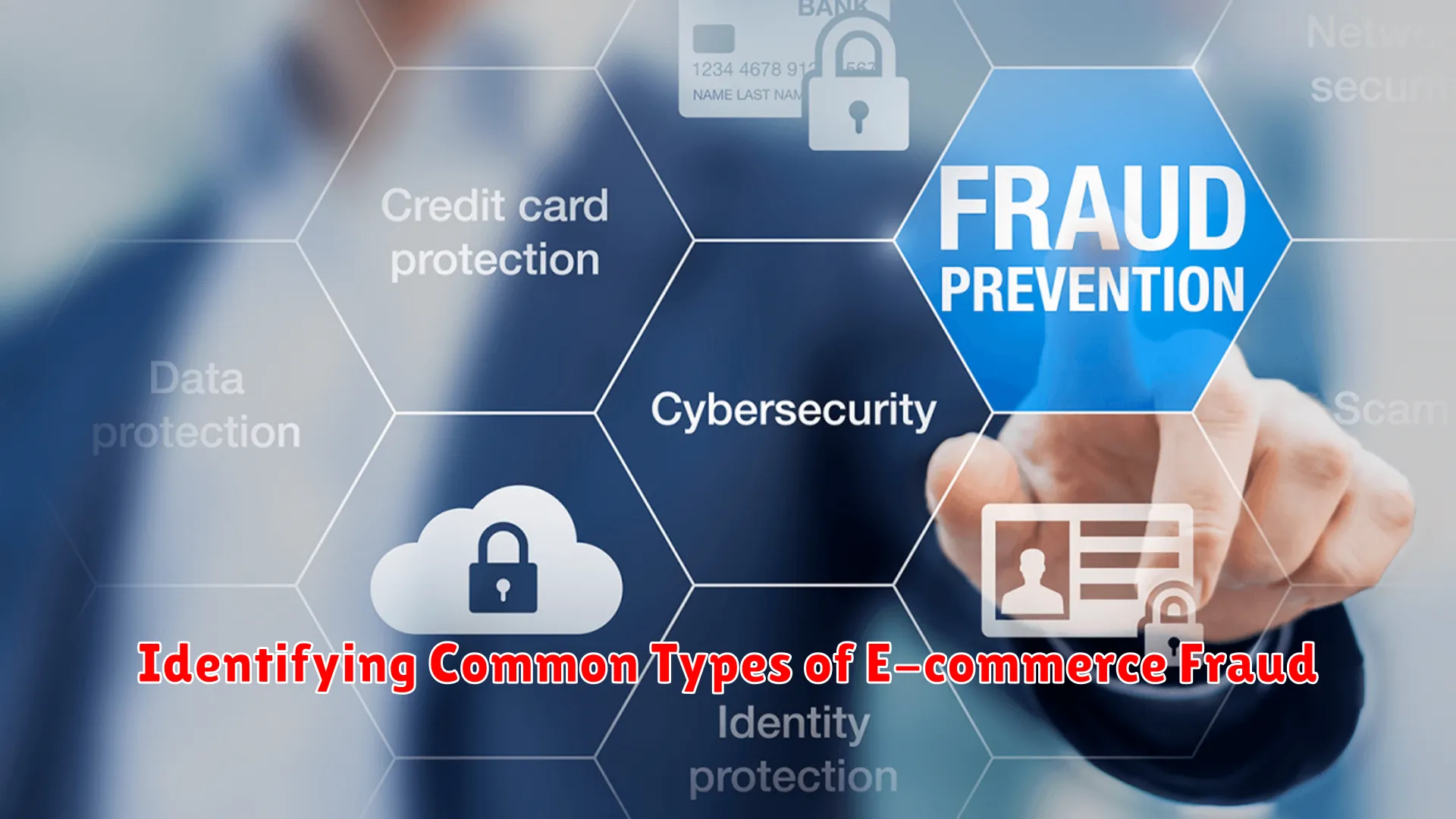
It is crucial for e-commerce businesses to be aware of the common types of fraud that can occur on their platforms in order to secure their sites against fraudulent activities. By understanding these common fraudulent practices, merchants can implement effective measures to protect both their business and their customers.
1. Account Takeover
Account takeover occurs when a fraudster gains unauthorized access to a customer’s account by stealing their login credentials. This type of fraud can lead to unauthorized purchases, data theft, and damage to the customer’s trust in the e-commerce site.
2. Payment Fraud
Payment fraud involves unauthorized transactions using stolen credit card information or fraudulent payment methods. Fraudsters may exploit vulnerabilities in payment processing systems to make purchases without the intention of paying for them.
3. Phishing Scams
Phishing scams involve deceptive emails or websites that mimic legitimate e-commerce platforms to trick customers into providing sensitive information such as login credentials, credit card details, or personal data. This information is then used for fraudulent activities.
4. Identity Theft
Identity theft occurs when a fraudster steals a customer’s personal information to make unauthorized purchases or create fraudulent accounts. This can result in financial losses and reputational damage for both the customer and the e-commerce business.
5. Chargeback Fraud
Chargeback fraud occurs when a customer falsely claims that they did not receive the ordered goods or services, leading to a chargeback from the payment processor. Fraudsters exploit this process to receive a refund while keeping the merchandise, causing financial losses to the e-commerce merchant.
By understanding and recognizing these common types of e-commerce fraud, businesses can proactively implement fraud detection tools, security measures, and customer education to safeguard against fraudulent activities and protect their reputation and financial well-being.
Implementing Robust Security Measures
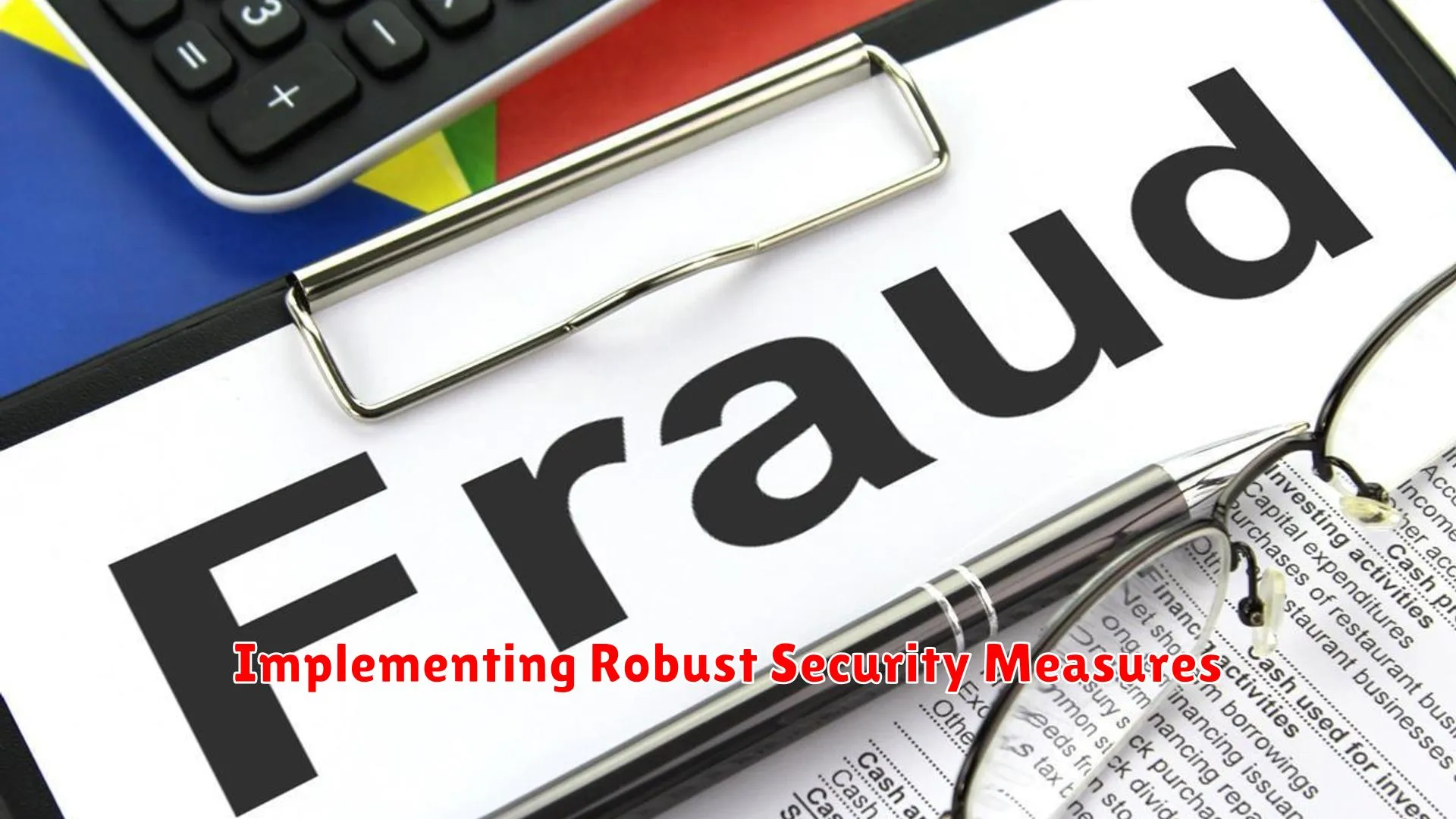
When it comes to securing your e-commerce site against fraud, implementing robust security measures is crucial to safeguard both your business and your customers. Here are some key strategies to help fortify your website against fraudulent activities:
1. Secure Socket Layer (SSL) Encryption
Utilize SSL encryption to establish a secure connection between your website and users’ browsers. This encryption helps protect sensitive data such as credit card information during transactions.
2. Two-Factor Authentication (2FA)
Implement two-factor authentication to add an extra layer of security. By requiring users to provide a second form of verification, such as a unique code sent to their phone, you can prevent unauthorized access to accounts.
3. Regular Security Audits
Conduct regular security audits to identify vulnerabilities and address potential threats promptly. Stay updated on the latest security trends and technologies to keep your e-commerce site protected.
4. Fraud Detection Tools
Integrate fraud detection tools into your website to monitor and detect suspicious activities. These tools can help flag potentially fraudulent transactions and prevent financial losses.
5. Employee Training
Provide comprehensive training to your employees on recognizing and responding to fraud attempts. Educating your team can help mitigate risks and ensure they follow proper security protocols.
6. Customer Verification Processes
Establish robust customer verification processes to verify the identity of users before processing transactions. This can help prevent fraudulent activities and protect both your business and customers.
The Role of SSL Certificates
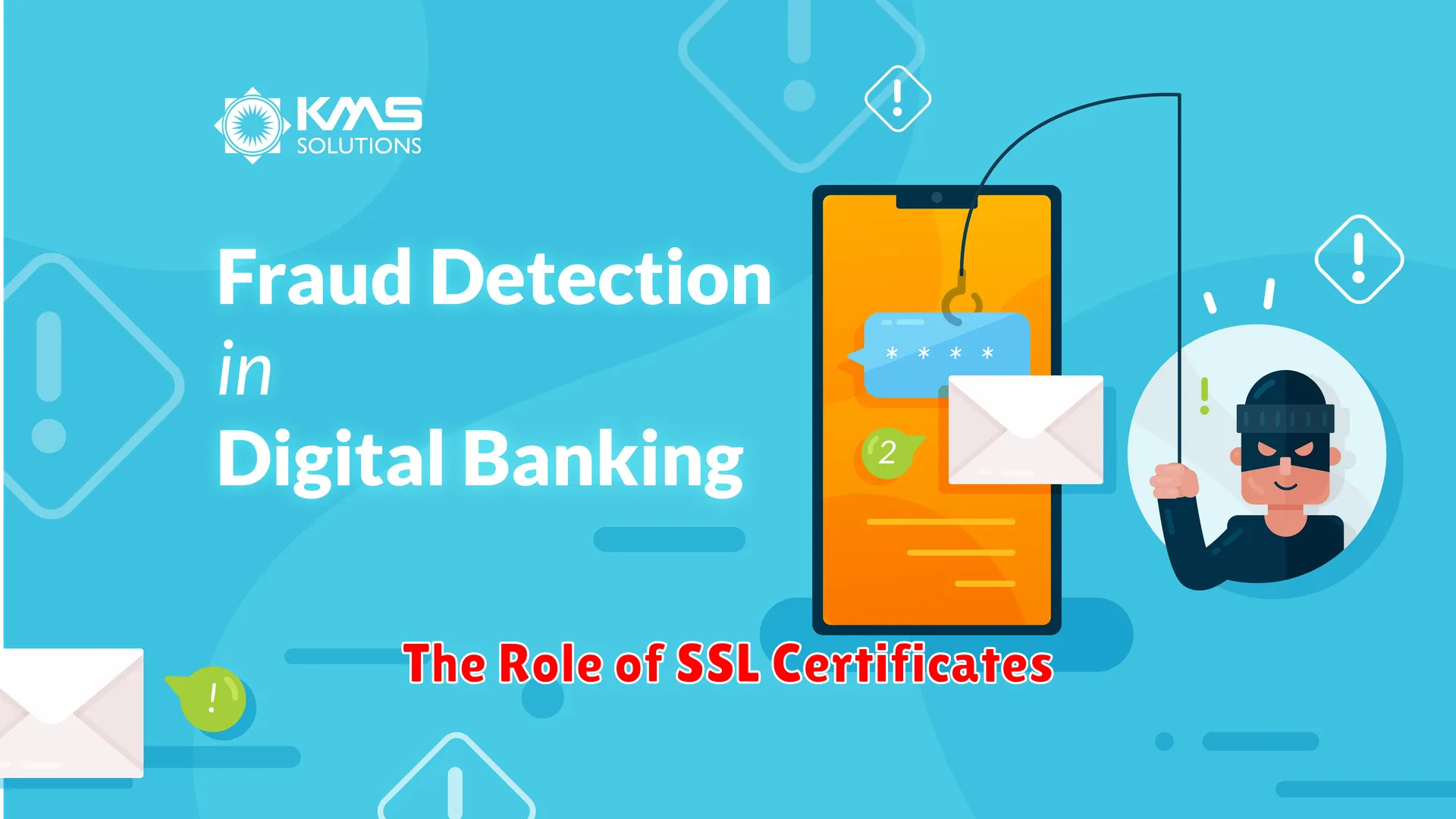
SSL (Secure Sockets Layer) certificates play a crucial role in securing your e-commerce site against fraud. These digital certificates encrypt data transmitted between a user’s web browser and your website’s server, ensuring that sensitive information such as credit card details, login credentials, and personal data is protected from unauthorized access.
Here are some key aspects of how SSL certificates enhance the security of your e-commerce platform:
- Encryption: SSL certificates encrypt data, making it unreadable to anyone intercepting the communication. This prevents cybercriminals from stealing sensitive information.
- Trust and Credibility: Websites with SSL certificates display a padlock icon and “https://” in the URL, signaling to users that their connection is secure. This builds trust and confidence, encouraging customers to make purchases.
- Protection Against Phishing: SSL certificates help prevent phishing attacks by verifying the authenticity of your website, reducing the risk of customers falling victim to fraudulent or imposter sites.
- Regulatory Compliance: Following security standards and implementing SSL encryption ensures your e-commerce site complies with data protection regulations such as GDPR and PCI DSS, reducing the likelihood of costly fines and reputational damage.
Fraud Prevention Best Practices
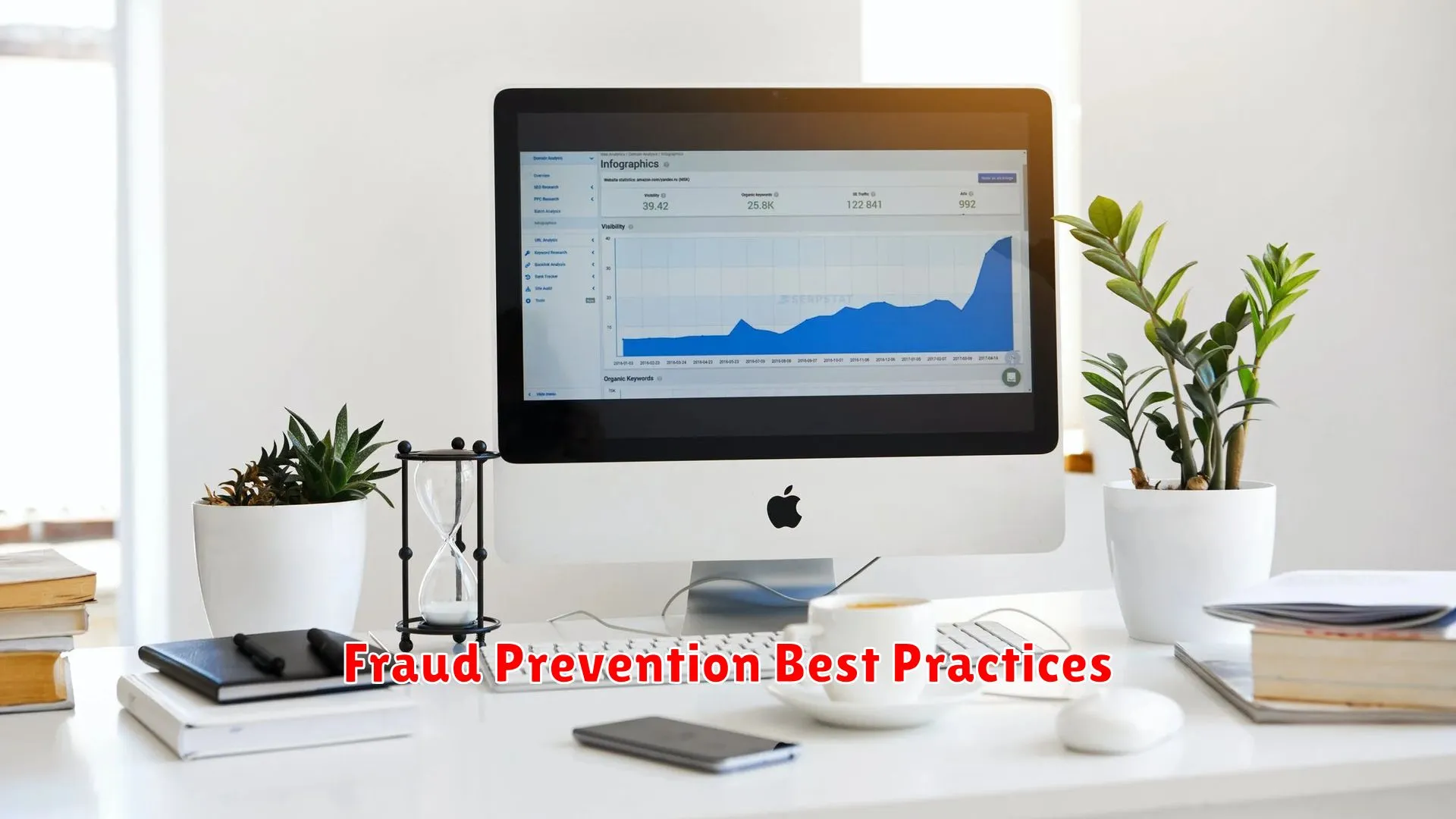
When it comes to securing your e-commerce site against fraud, implementing effective fraud prevention best practices is crucial for safeguarding your business and customers. Here are some essential strategies to help you combat fraud:
1. Use Fraud Detection Tools
Invest in reliable fraud detection tools and services that can help identify suspicious activities, such as unusual purchase patterns or high-risk transactions. These tools utilize advanced algorithms to flag potential fraudulent transactions before they occur.
2. Implement Secure Payment Gateways
Utilize secure payment gateways that offer encryption and tokenization to protect sensitive customer data during online transactions. This helps in preventing unauthorized access to payment information and reduces the risk of fraud.
3. Set Up Transaction Monitoring
Regularly monitor and analyze transactions on your e-commerce site to detect any irregularities or discrepancies. Keep an eye out for multiple failed transaction attempts, unusually large orders, or orders with different billing and shipping addresses.
4. Enhance Customer Authentication
Implement multi-factor authentication methods, such as SMS verification or biometric recognition, to verify the identity of customers before processing transactions. This adds an extra layer of security and minimizes the chances of fraudulent activities.
5. Educate Your Team
Provide training to your team members about common fraud schemes and signals to lookout for. Equip them with the knowledge and skills to identify and handle suspicious activities promptly to prevent potential fraud instances.
6. Stay Updated on Fraud Trends
Keep abreast of the latest fraud trends and tactics used by scammers in the e-commerce industry. By staying informed, you can proactively implement preventive measures to stay ahead of fraudsters and protect your online business.
Dealing with Fraud Incidents
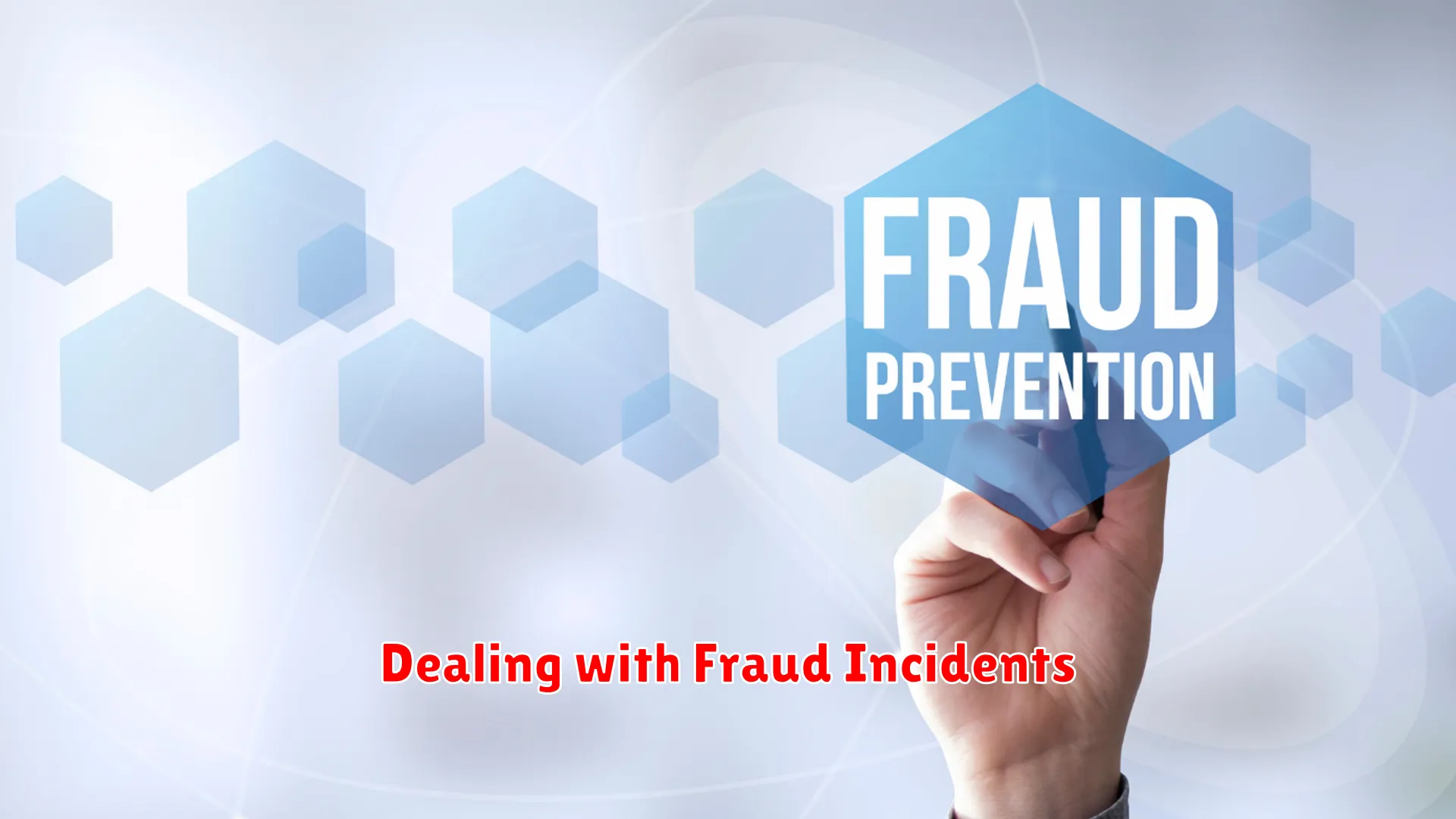
When it comes to securing your e-commerce site against fraud, being prepared to handle fraud incidents is crucial. Here are some key strategies to help you effectively deal with fraud incidents:
1. Implement Fraud Detection Tools
Utilize advanced fraud detection tools and software that can flag potentially fraudulent transactions. These tools can help you identify suspicious patterns and activities on your site.
2. Monitor Transactions Closely
Regularly monitor and review transactions on your e-commerce site. Look out for any unusual behavior, such as multiple transactions from the same IP address or unusually large orders.
3. Have a Protocol in Place
Establish a clear protocol for handling fraud incidents. Designate team members who are responsible for investigating and resolving fraud cases promptly.
4. Contact Law Enforcement
If you encounter a significant fraud incident, involve law enforcement agencies to investigate the matter further. They can provide support and expertise in handling fraud cases.
5. Improve Customer Education
Educate your customers about safe online shopping practices and how they can protect themselves from fraud. By raising awareness, you can reduce the risk of fraudulent activities on your site.
Conclusion
Implementing strong authentication measures and monitoring transactions can help protect your e-commerce site from fraud.

